Are you looking to achieve professional-level results when it comes to vacuuming your carpet? Regular vacuuming is important for maintaining the appearance of your carpet and improving air quality in your home.
In this article, we will explore the benefits of vacuuming, the tools you need for the job, techniques for effective vacuuming, and tips for maintaining your vacuum cleaner.
Get ready to elevate your vacuuming game and achieve cleaner, healthier carpets in no time!
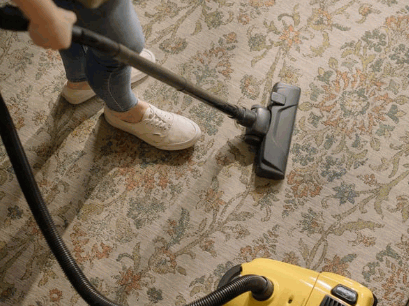
Regular vacuuming of carpets is crucial for maintaining a clean and hygienic environment in your home. It helps in removing accumulated dust, dirt, debris, and allergens that can trigger allergies or respiratory issues, especially in high-traffic areas. Professional and efficient vacuuming not only enhances the appearance of your carpets but also prolongs their lifespan by preventing fibre damage.
Regular vacuuming plays a key role in improving indoor air quality by eliminating harmful pollutants that can accumulate within the fibres of your carpet. By using proper vacuuming techniques, such as overlapping strokes and adjusting the height settings depending on the carpet's pile, you can ensure thorough and effective cleaning. Experts recommend vacuuming at least once a week, focusing on areas with heavy foot traffic and utilising attachments for edges and corners. This routine maintenance not only keeps your carpets looking fresh but also contributes to a healthier living space for you and your family.
Discover more: Preventing Slippery Floors In The Workplace
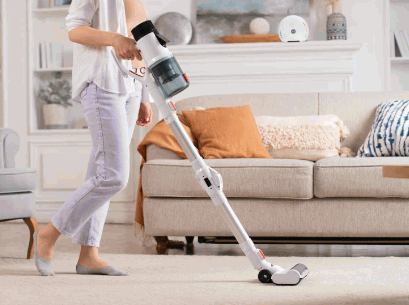
Vacuuming is effective in extracting various types of dirt and debris from carpets, including dust particles, pet fur, dirt brought in from shoes, and even food crumbs trapped within the fibres of rugs. The vacuum's suction power and cleaning technique play a critical role in dislodging and removing these unwanted elements.
Aside from the visible dirt and debris, vacuuming also helps in getting rid of microscopic allergens like dust mites and pollen that can trigger allergies and respiratory issues. Regular vacuuming not only enhances the appearance of carpets but also contributes to a healthier indoor environment. By using the correct attachments and methods, one can delve deep into the carpet fibres, ensuring a more thorough cleaning process. This attention to detail is essential to maintain the longevity of carpets and prevent the buildup of contaminants over time.
Regular vacuuming not only cleans the visible dirt from carpets but also plays a vital role in improving indoor air quality. By eliminating dust, dirt, and debris that accumulate in carpets, vacuuming helps reduce airborne particles that can affect respiratory health and overall indoor air cleanliness.
Vacuuming is a simple yet effective method to maintain a healthy home environment. The process of vacuuming not only removes surface-level dirt and debris but also targets hidden allergens that can trigger respiratory issues. Consistent vacuuming can prevent the build-up of dust mites, pet dander, and pollen in carpets, ultimately enhancing the air quality inside your home.
To ensure optimal results, it is advisable to use a vacuum cleaner with a HEPA filter that traps even the smallest particles.
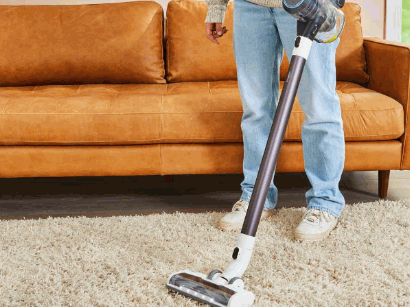
To effectively vacuum carpets, you'll need essential tools such as a high-quality vacuum cleaner designed for carpets, appropriate cleaning products for stain removal or odor control, and tools for reaching tight spots and corners. Investing in the best vacuum cleaner for your specific floor type and carpet needs can make a significant difference in the cleaning results.
When selecting a vacuum cleaner, consider features like adjustable height settings for various carpet thicknesses, strong suction power, and specialised attachments for specific carpet textures. Look for cleaning products formulated for carpets, including spot cleaners, deodorizers, and stain removers to maintain a fresh and clean carpet. Accessories like crevice tools, brush attachments, and extension wands are handy for thorough cleaning of edges, stairs, and underneath furniture.
Choosing the right vacuum cleaner for carpets is crucial for efficient cleaning and maintenance. Experts recommend selecting a vacuum model with strong suction power, adjustable height settings for various carpet thicknesses, and specialised attachments for deep cleaning. Opting for a vacuum equipped with HEPA filters can help trap allergens and improve indoor air quality.
In terms of suction power, look for a vacuum that provides consistent and powerful suction to effectively lift dirt and debris from the carpet fibres. The adjustable height settings are essential as they allow you to customise the vacuum cleaner according to the height of your carpet pile, ensuring thorough cleaning without causing any damage.
Specialised attachments such as a crevice tool, upholstery brush, and pet hair tool can enhance the versatility of your vacuum cleaner, allowing you to target specific areas and tackle different types of dirt and debris effectively.
Experts also suggest regular maintenance practices to prolong the life of your carpet and ensure optimal cleaning results. This includes emptying the dustbin or bag regularly, cleaning or replacing filters as recommended by the manufacturer, and checking for any blockages in the vacuum's tubing.
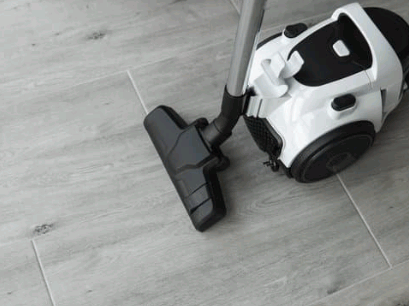
Plus a reliable vacuum cleaner, certain tools, and attachments can enhance your overall hoovering experience. Attachments such as crevice tools, upholstery brushes, and dusting brushes can help reach tight spaces, clean upholstery, and remove dust effectively. Utilising these accessories along with the vacuum's suction power can ensure a comprehensive cleaning process.
Crevice tools are particularly handy for getting into narrow gaps between furniture or tight corners that are hard to reach with a standard nozzle. These tools excel at extracting debris from these confined spaces, ensuring no dirt is left behind.
Meanwhile, upholstery brushes are ideal for gently cleaning fabric surfaces such as settees and curtains without causing damage. The soft bristles effectively dislodge dirt particles while protecting the material.
Preparing your carpet before hoovering is essential to ensure thorough cleaning and debris removal. This involves clearing the area of any furniture or obstacles that may obstruct the hoovering process, as well as removing larger debris manually to prevent blocking the vacuum cleaner. Hoovering in organised rows or patterns can help cover the entire carpet surface efficiently.
When preparing to hoover your carpet, start by moving any furniture such as chairs, tables, or other items that could obstruct the hoover's path. This step ensures that you have a clear space to work with and the hoover can reach all areas.
Next, take a quick scan of the carpet and pick up any sizeable debris by hand, like paper scraps or pet toys; this prevents the hoover from getting stuck or losing suction power.
Moving furniture before hoovering is highly recommended to ensure a thorough cleaning process.
Clearing the carpeted area of furniture allows the hoover to access all parts of the carpet, including those hidden beneath the furniture. This practice not only improves cleaning efficiency but also prevents dirt and debris accumulation in overlooked areas.
To make the process more manageable, consider rearranging furniture in a way that creates clear pathways for the hoover. Shift lightweight items first, such as small tables or chairs, followed by larger pieces. Remember to lift furniture instead of dragging it to avoid damaging the carpet. Utilise furniture sliders or enlist the help of others for heavier items. By strategically planning the arrangement, you can make hoovering easier and more effective.
Before hoovering, it's essential to address large debris or objects on the carpet surface to avoid potential blockages or damage to the hoover. Using a broom, dustpan, or handheld vacuum, carefully remove sizeable debris such as food particles, pet toys, or loose dirt. This initial step ensures a smoother and more effective hoovering process.
Once you've gathered the larger debris, take a moment to inspect the carpet for any stubborn or stuck-on particles that may need special attention. Use the edge of the dustpan or the crevice tool on the handheld vacuum to reach into corners or along skirting boards, ensuring a thorough clean.
Remember to check under furniture and in high-traffic areas where debris tends to accumulate, as neglecting these spots could lead to reduced suction power and efficiency in your hoover over time.
Mastering the techniques for hoovering carpets like a professional can elevate the cleanliness and appearance of your floors.
Adopting these professional techniques not only ensures a thorough cleaning but also prolongs the lifespan of your carpet.
Utilising attachments, such as the crevice tool for edges and corners and the upholstery tool for delicate fabrics, can help remove embedded dirt and debris.
Consistency in hoovering frequency and pattern variations is key to preventing dirt buildup and maintaining a fresh carpet.
Employing the correct vacuuming technique is essential to maximise cleaning efficiency and ensure dirt removal from carpets. Start by vacuuming in organised rows or sections, overlapping each pass slightly for thorough coverage. Adjust the vacuum's suction power based on the carpet type and pile height to prevent damage and achieve optimal cleaning results.
Ensuring that the vacuum cleaner is set to the appropriate suction level can significantly impact the cleaning process. Proper suction adjustment ensures the effective removal of dirt and debris without causing any harm to the carpet fibres.
When dealing with high-pile carpets, using a lower suction setting can prevent the vacuum from pulling or damaging the fibres, while low-pile carpets may require a slightly higher suction power to lift embedded dirt. Regularly checking and adjusting the suction power as needed will help maintain the longevity and appearance of your carpets over time.
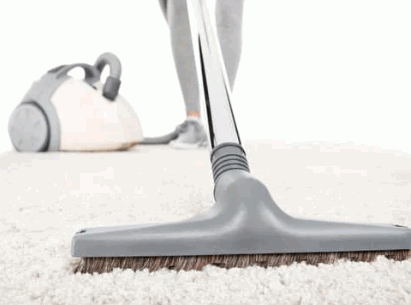
Utilising a criss-cross pattern whilst vacuuming carpets can ensure comprehensive dirt removal and uniform cleaning. By vacuuming first in one direction and then perpendicular to it, you cover the carpet fibres from multiple angles, dislodging embedded dirt and debris more effectively. This technique also helps minimise the chances of missing spots during the cleaning process.
The criss-cross method promotes a more uniform appearance of the carpet pile, as it prevents the matting or crushing of the fibres in one particular direction. This approach not only enhances the visual appeal of the carpet but also extends its lifespan by maintaining the integrity of the fibres. The back-and-forth movement in different directions helps to lift the pile, allowing the vacuum cleaner to reach deeper into the carpet and extract more dirt, dust, and allergens. As a result, you achieve a more thorough clean, and healthier indoor environment.
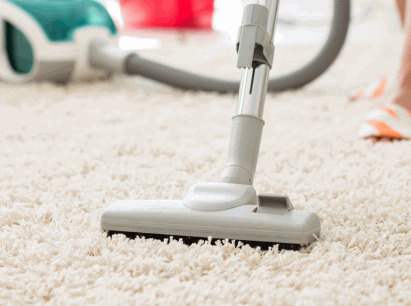
When vacuuming carpets, paying attention to edges and corners is crucial for achieving a polished and pristine look. Use crevice tools or attachments to reach tight spaces along skirting boards, under furniture, and around corners where dirt and dust tend to accumulate. Thoroughly cleaning these areas ensures a comprehensive cleaning outcome.
By focusing on these often-neglected spots, you prevent the build-up of debris that can gradually damage the carpet fibres and impact indoor air quality.
Utilising a detail brush attachment is particularly effective for loosening dirt in tight crevices and corners, making it easier for the vacuum to lift off dust particles.
Remember, a holistic approach to carpet cleaning involves not just the visible areas but also these hidden nooks and crannies for a truly spotless result.
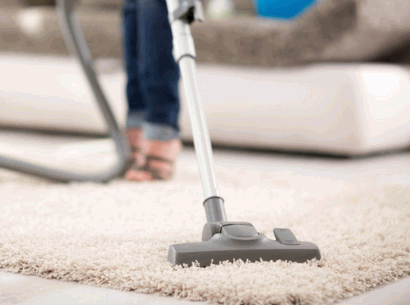
Attachments play a crucial role in reaching and cleaning hard-to-access areas of carpets that the main vacuum head may not cover effectively. Utilise attachments such as crevice tools, upholstery brushes, and dusting brushes to clean along edges, upholstered surfaces, and intricate patterns. These attachments enhance the overall cleaning process and ensure a thorough cleaning outcome.
Crevice tools are handy for cleaning narrow gaps between furniture or along skirting boards where dirt and debris tend to accumulate unnoticed. These tools complement the main vacuum head by targeting specific areas with precision, increasing the efficiency of the cleaning task.
Upholstery brushes are essential for maintaining the cleanliness of fabric-covered surfaces such as settees or chairs. They help remove embedded dirt and pet hair, revitalising the appearance of upholstery.
Dusting brushes are perfect for delicate surfaces like lampshades or curtains, preventing damage while effectively removing dust and allergens.
Proper maintenance of your vacuum cleaner is essential to ensure its optimal performance and longevity. Regularly changing the vacuum bag or emptying the dustbin, cleaning or replacing filters, checking for blockages, and maintaining suction power are key aspects of vacuum cleaner upkeep. Following these maintenance tips can enhance the efficiency and effectiveness of your vacuuming sessions.
In terms of changing the vacuum bag, ensure you do so when it is around two-thirds full to prevent any loss of suction power. For bagless models, regularly empty the dustbin and clean it to avoid any clogs. Cleaning or replacing filters is crucial to maintaining air quality and keeping your vacuum running smoothly.
Check for blockages in the hose, brushes, and attachments regularly to prevent any hindrance to the airflow. If you notice a decline in suction power, troubleshoot by looking for potential blockages or worn-out parts that may need replacement. To tackle fur or rug maintenance, use a pet hair attachment or roller to efficiently clean up any dirt or pet hair embedded in the carpet fibres.
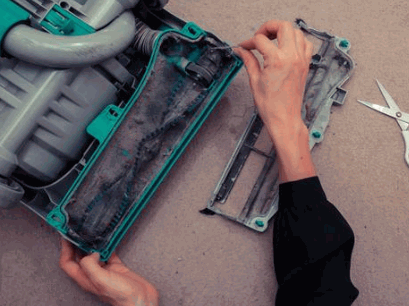
Changing the vacuum bag regularly is essential to maintain optimal suction power and cleaning efficiency. As a general guideline, it's recommended to replace the vacuum bag when it's around two-thirds full to prevent a decrease in suction performance.
Timely bag replacements are crucial as full bags can impede airflow, leading to a drop in suction power. Monitoring the bag fullness regularly can help you gauge when it's time for a change. Efficient vacuuming hinges on proper maintenance, including frequent bag changes. Neglecting this aspect can not only hamper suction but also affect the overall cleaning performance. Stay vigilant and change the bag as soon as it reaches its capacity to ensure your vacuum operates at its best.
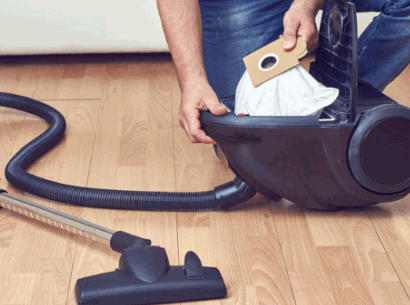
Cleaning your vacuum cleaner regularly is essential to prevent blockages, maintain suction efficiency, and prolong its lifespan. Start by unplugging the vacuum, removing accumulated dirt or debris from the brush roll and filters, and cleaning attachments. Use appropriate tools and cleaning products to ensure all components are free from dirt buildup and ready for the next cleaning session.
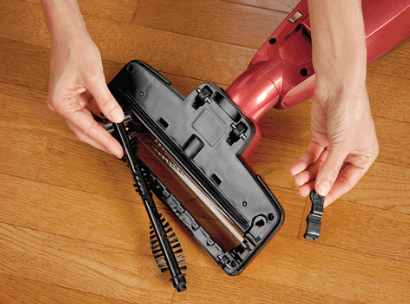
By implementing professional techniques, using the right tools, and following maintenance tips, you can achieve professional-level results in hoovering your carpets and maintaining a clean home environment. Consistent and thorough hoovering not only enhances the appearance of your floors but also contributes to a healthier living space by eliminating dirt, dust, and allergens effectively.
Hoovering is not just about the visible dirt and debris; it's about improving indoor air quality and keeping your family healthy. With the right hoovering practices, you can effectively remove pet hair, pollen, and other pollutants that can trigger allergies or respiratory issues. Regular hoovering also helps to prolong the life of your carpets by preventing premature wear and tear caused by embedded dirt particles. Remember, a well-maintained carpet not only looks better but also creates a more welcoming and comfortable living environment for you and your loved ones.